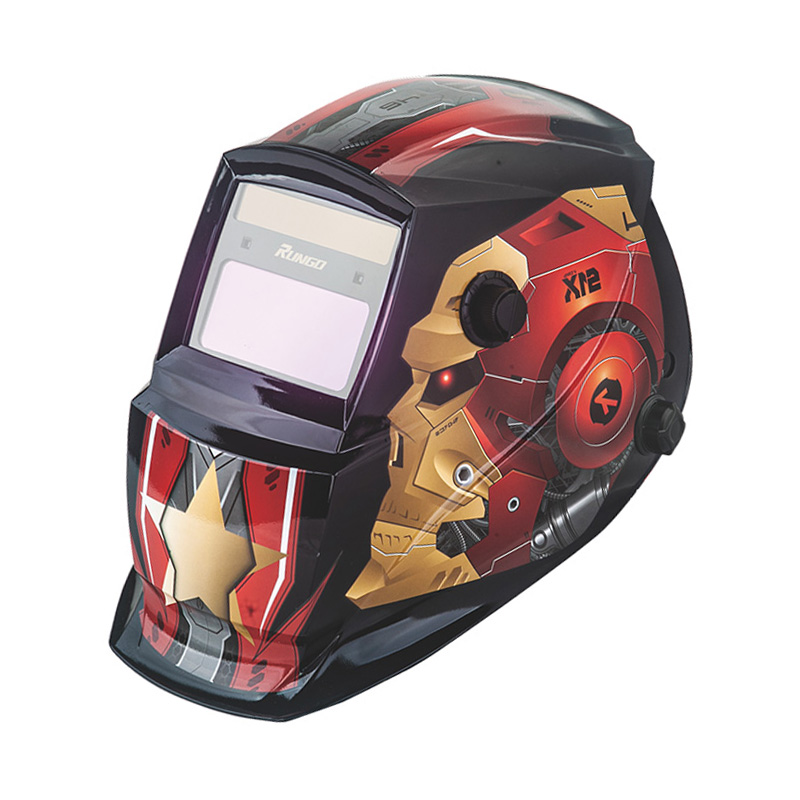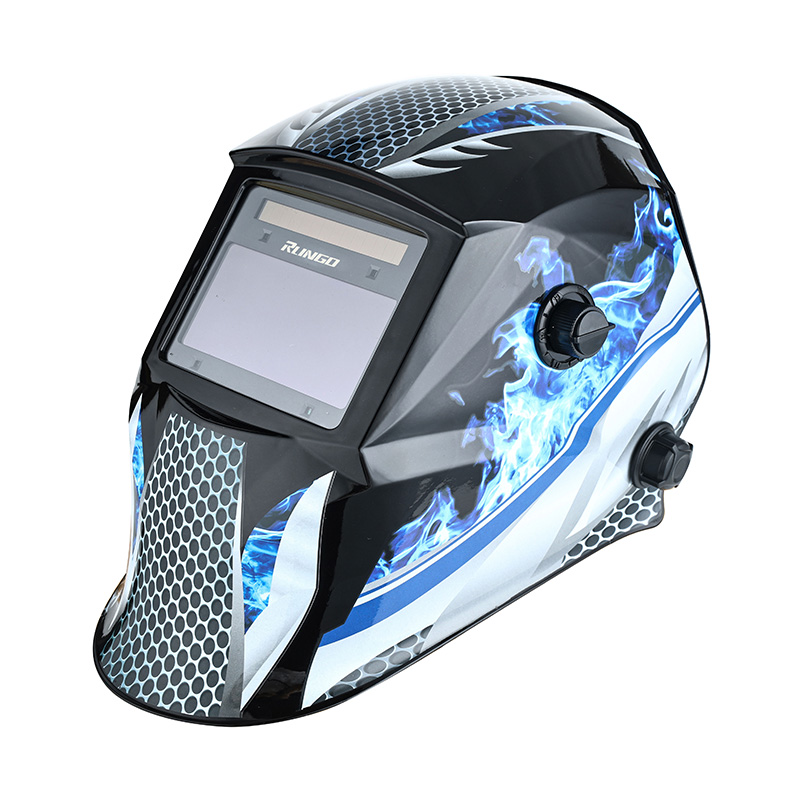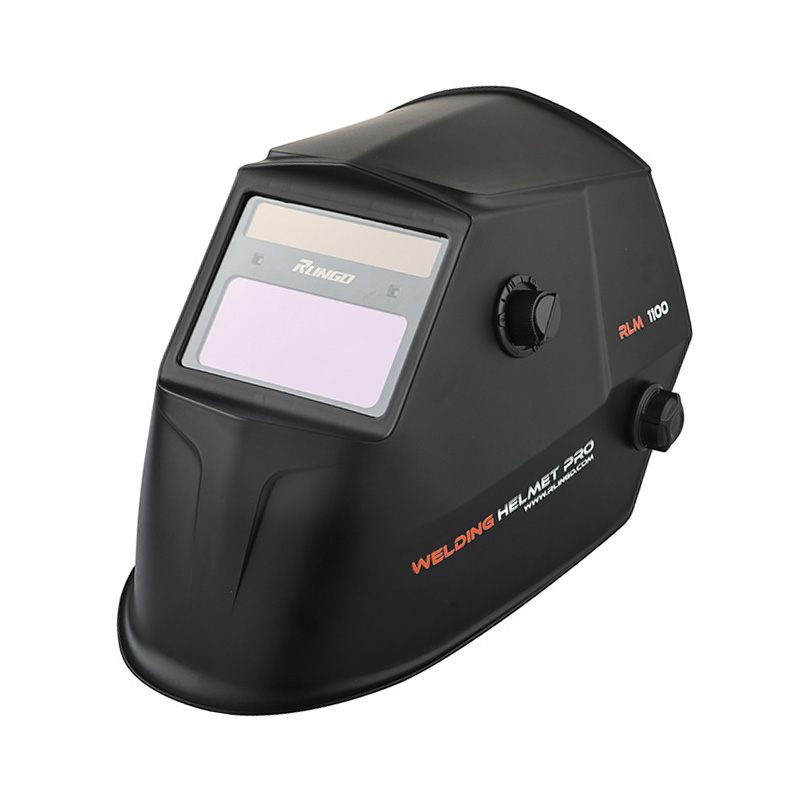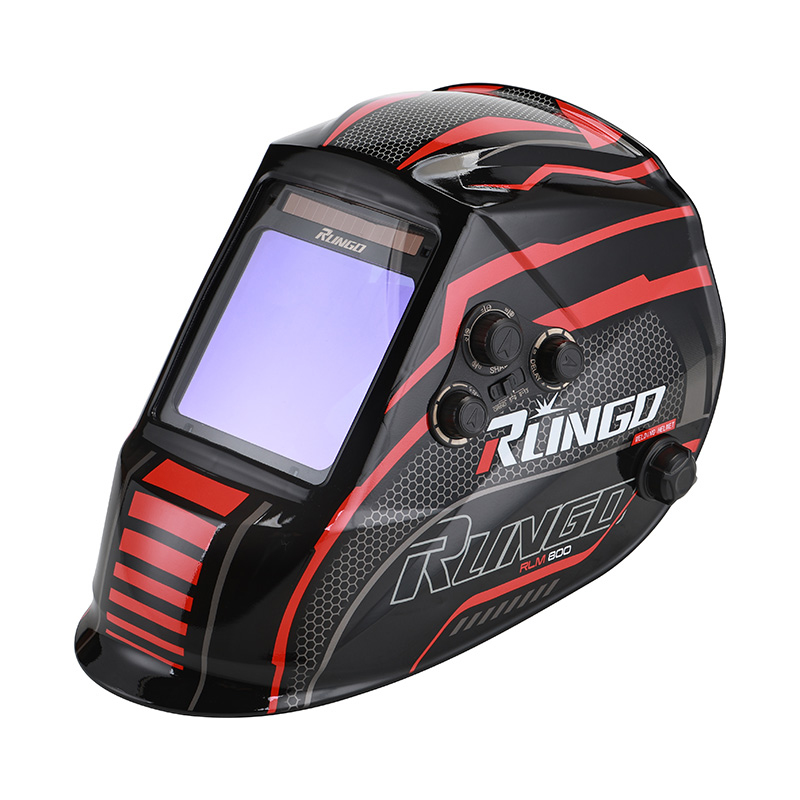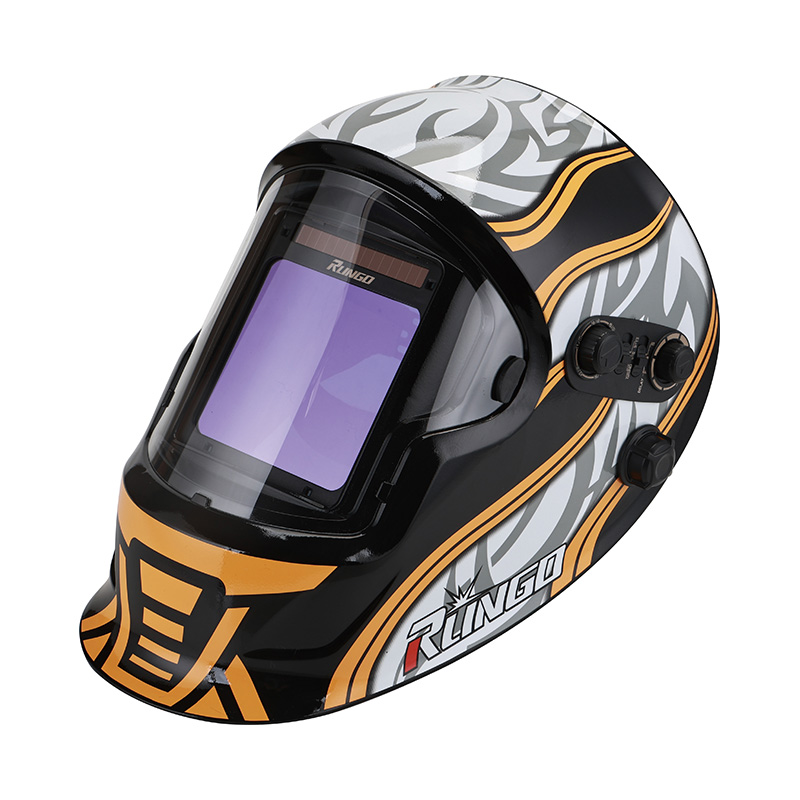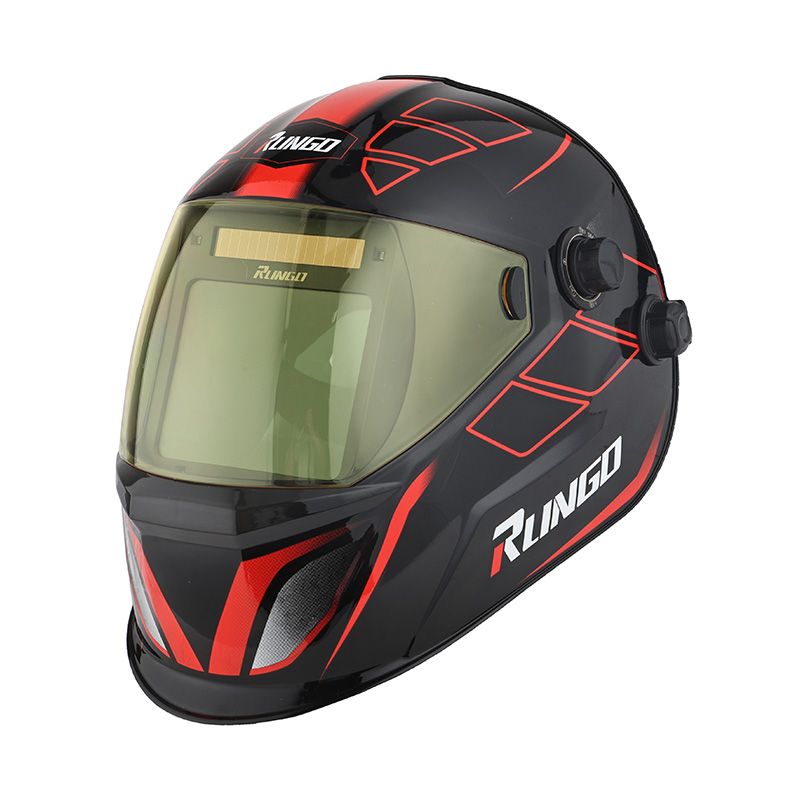Evaluating Lens Accuracy in a Full Face Auto Darkening Welding Helmet
2025-11-07
Importance of Lens Precision in Welding
The lens of a welding helmet plays a critical role in protecting the eyes while providing a clear view of the workpiece. For a Full Face Auto Darkening Welding Helmet, precise optical performance is essential to ensure that the welder can see the weld pool, seam, and surrounding materials accurately. Inaccurate lenses can cause visual distortion, misalignment, or incorrect perception of the weld area, which may result in poor-quality work or even safety hazards. Therefore, understanding the lens precision and optical clarity of these helmets is vital for both professional and amateur welders.
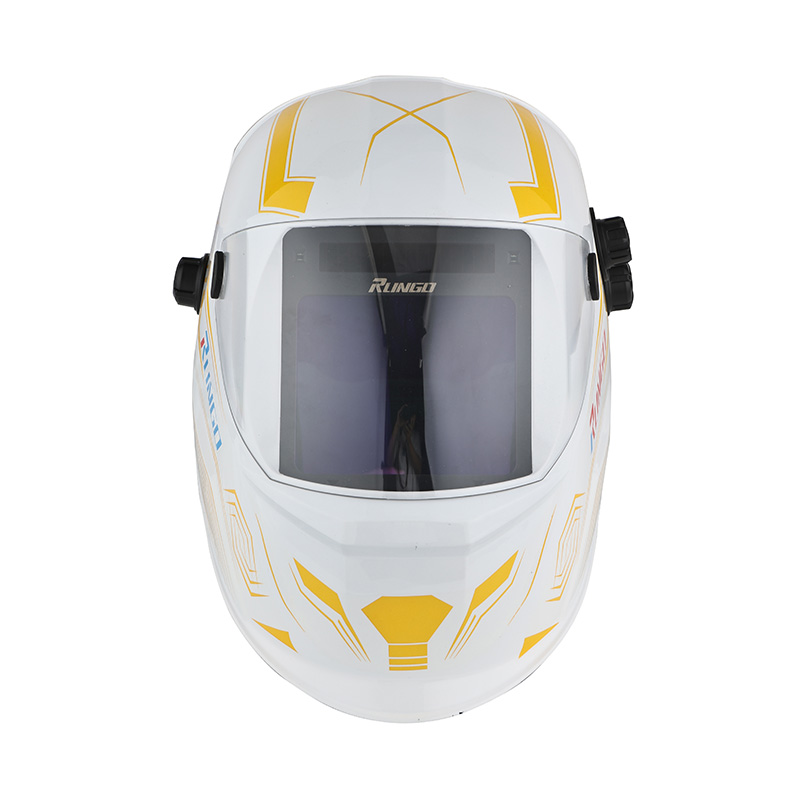
Optical Clarity and Standards
The precision of the welding helmet’s lens is measured by its optical class ratings, typically ranging from 1 to 3 for different optical attributes, including distortion, refraction, and light transmittance consistency. A high-quality Full Face Auto Darkening Welding Helmet generally offers a 1/1/1/1 optical rating, indicating minimal distortion and accurate visual reproduction. This level of precision allows the welder to maintain focus and alignment during intricate tasks, ensuring high-quality welds. Lenses that fall below this standard may cause strain, reduced accuracy, and difficulty in performing detailed welding operations.
Auto Darkening Function and Accuracy
The auto-darkening feature of these helmets further relies on lens precision to provide immediate and consistent protection against the bright arc. Sensors detect the arc and trigger the darkening mechanism within milliseconds. For this system to function effectively, the lens must transmit light accurately and evenly across its surface. Any inconsistency in the lens can result in uneven shading or delayed response, potentially exposing the welder to harmful UV and infrared radiation. High-precision lenses are therefore indispensable for both protection and operational effectiveness.
Impact on Different Welding Processes
Welders often engage in multiple processes, such as MIG, TIG, and Stick welding, each requiring slightly different visual clarity and lens sensitivity. A precise lens ensures that the helmet performs well under varying light conditions and welding intensities. For instance, TIG welding produces a smaller and brighter arc, requiring a lens that maintains accuracy at high light intensity. In contrast, MIG welding may generate broader arcs that demand even shading across the entire lens surface. Accurate optical performance in these scenarios helps welders maintain consistency and quality in their work.
Maintenance and Longevity of Lens Precision
Maintaining lens precision also involves proper care and handling. Scratches, smudges, or damage to the lens can significantly reduce clarity and precision. Most high-quality Full Face Auto Darkening Welding Helmets feature replaceable lenses and protective covers, allowing users to maintain suitable optical performance over time. Regular cleaning with non-abrasive materials and proper storage ensures that the lens continues to function accurately, enhancing both safety and visual comfort.
The lens precision of a Full Face Auto Darkening Welding Helmet is a critical factor affecting safety, visual clarity, and welding quality. High-quality lenses with accurate optical ratings provide distortion, reliable auto-darkening response, and consistent performance across various welding processes. Proper maintenance and careful use further ensure the longevity of lens precision, making the helmet a reliable and effective tool for welders. Understanding these aspects is essential for selecting a helmet that meets professional standards and supports both safety and productivity in welding operations.

